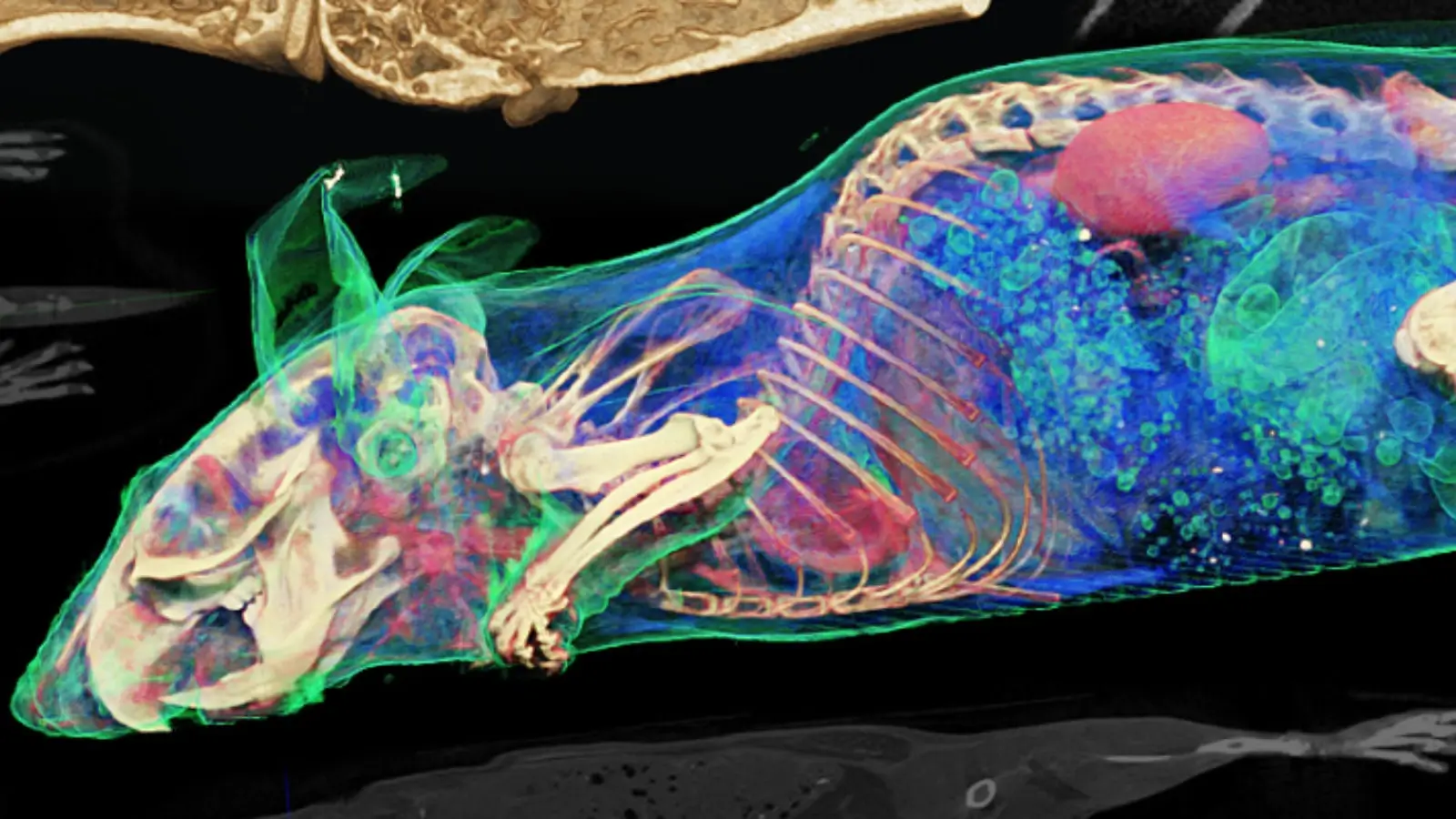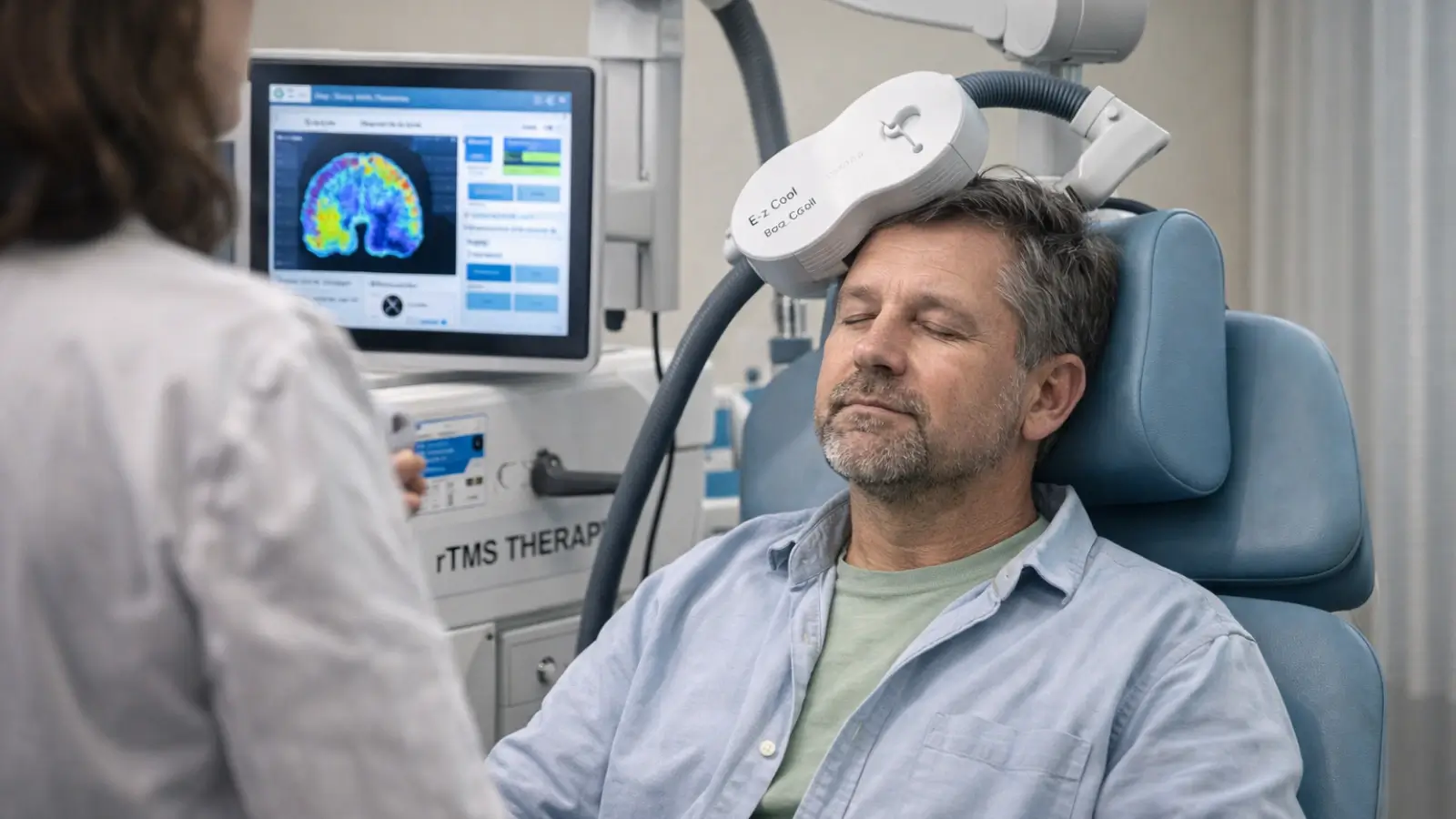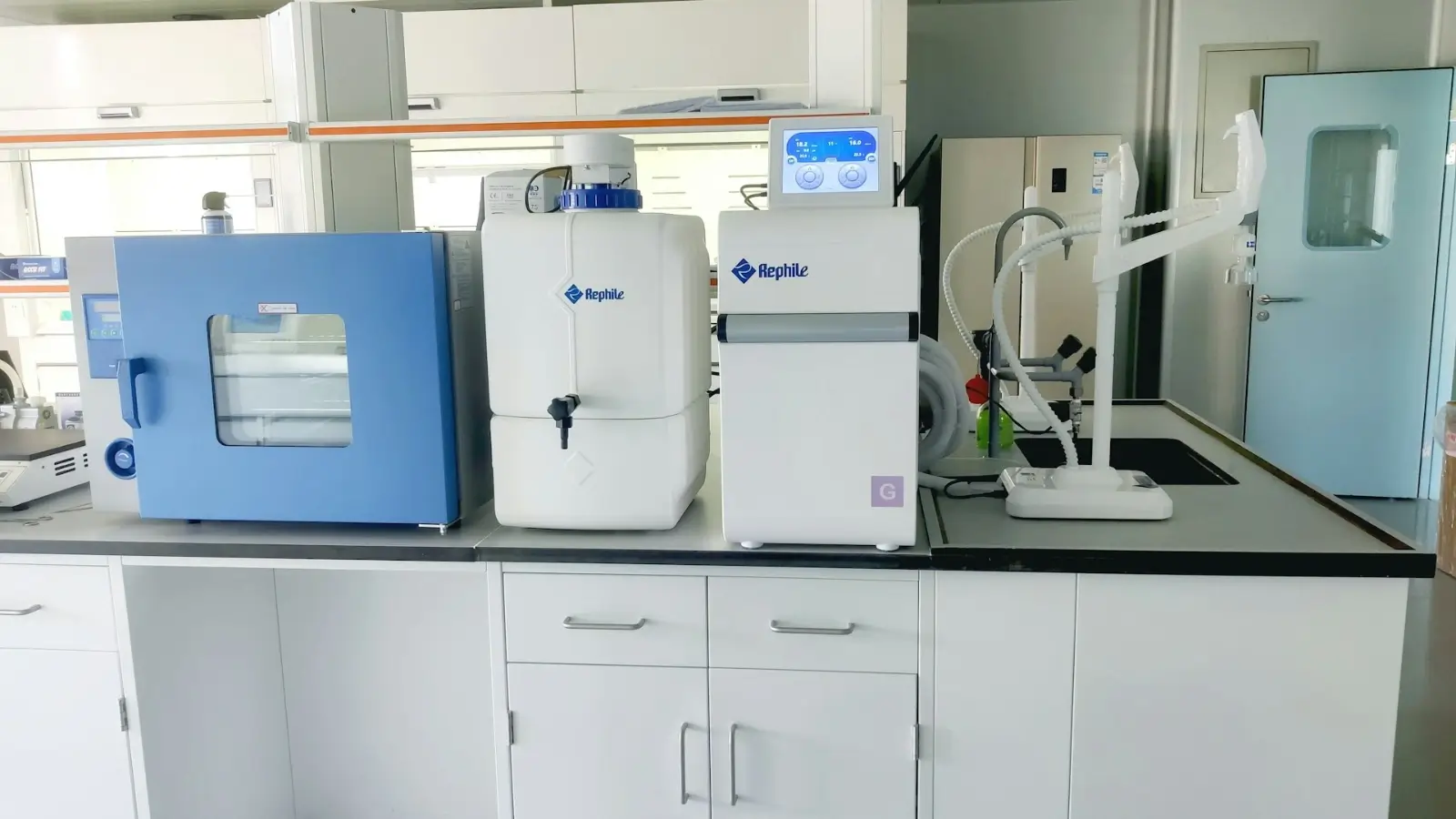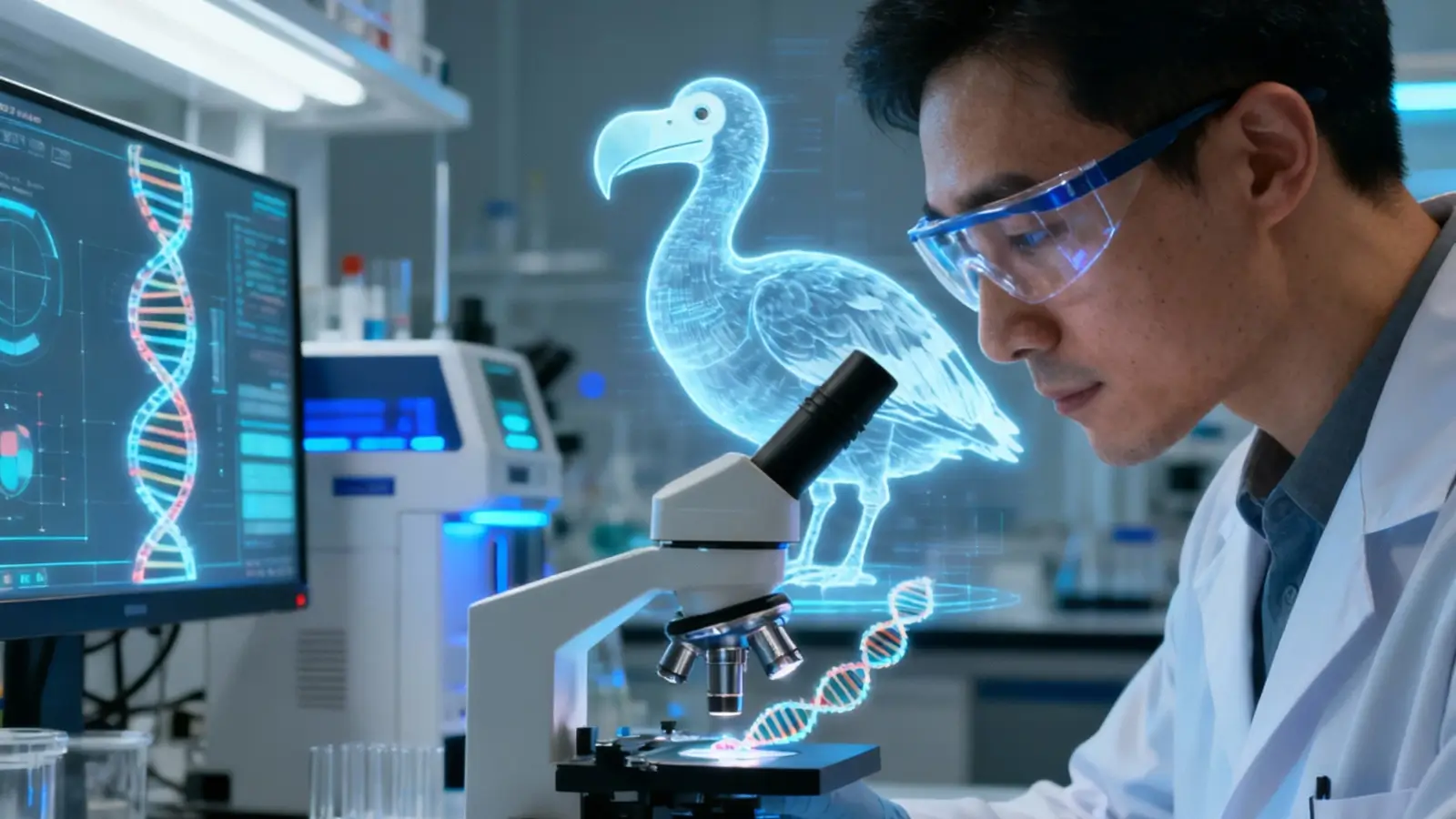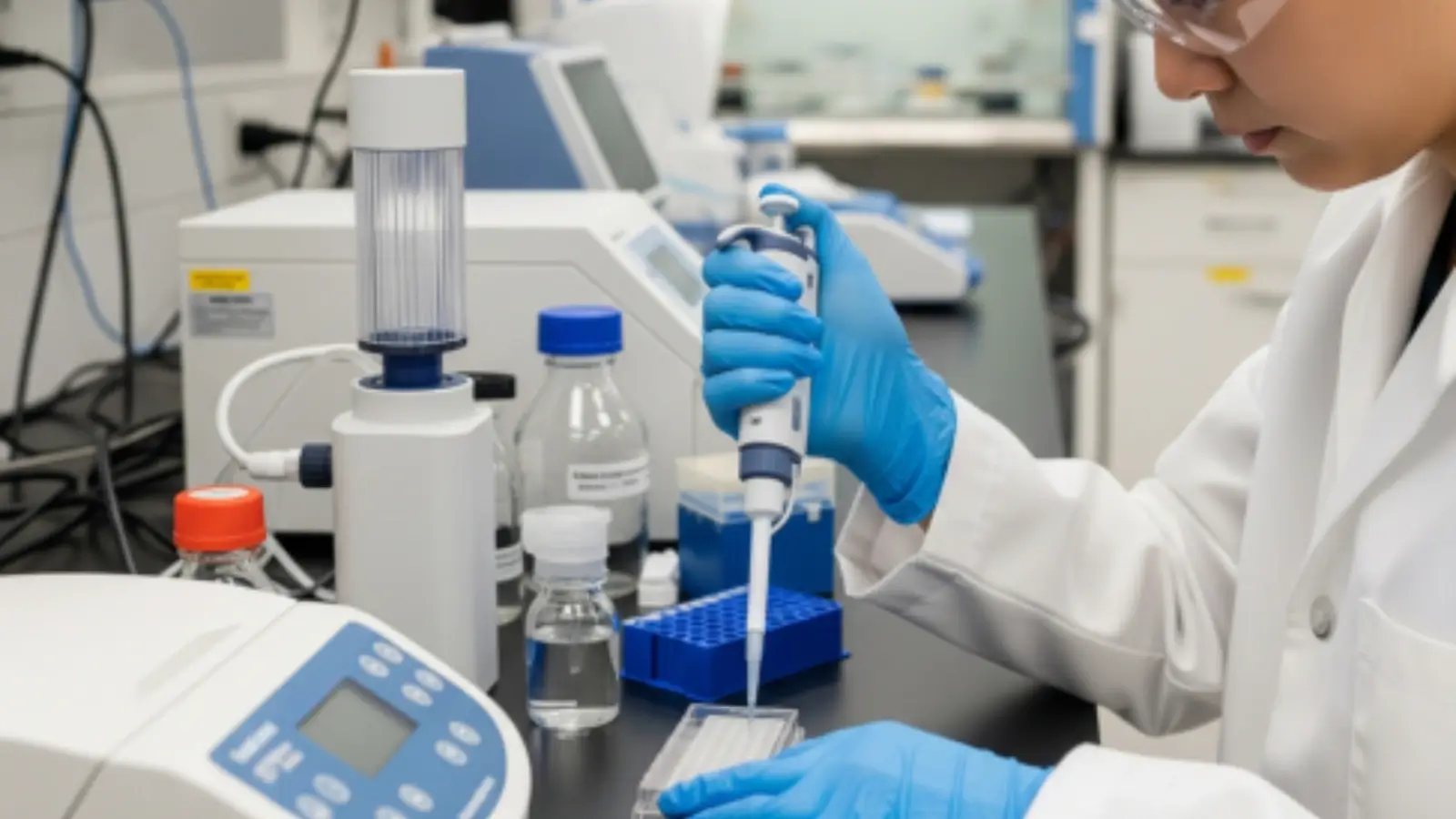In the journey of drug development, moving a compound from the lab bench to clinical trials is a long, expensive, and risky process. A crucial step in this pipeline is preclinical research, which often involves animal models to assess safety, efficacy, and pharmacokinetics before testing in humans. Within this phase, preclinical imaging has emerged as an invaluable tool, offering researchers insights that traditional methods cannot provide. But what exactly is the point of preclinical imaging in trials, and why is it becoming an essential component in modern drug development?
Understanding Preclinical Imaging
Preclinical imaging refers to the non-invasive visualization of biological processes in animal models using advanced imaging technologies such as MRI, PET, CT, ultrasound, and optical imaging. Unlike traditional methods that may require sacrificing animals to study tissue or organs, preclinical imaging allows longitudinal monitoring of disease progression, drug distribution, and treatment effects in living subjects over time. This longitudinal aspect is a game-changer, as it enables researchers to track the dynamics of disease and therapeutic response in a single animal rather than relying on cross-sectional studies that require multiple animals for each time point.
Quantitative Insights for Better Decision-Making
One of the key advantages of preclinical imaging is its ability to provide quantitative data. For example, positron emission tomography (PET) can measure metabolic activity or receptor occupancy, while magnetic resonance imaging (MRI) can assess tissue morphology and functional changes such as blood flow or diffusion. These precise measurements help researchers make informed decisions early in the drug development process, potentially saving both time and money by identifying promising candidates sooner and eliminating those unlikely to succeed. Moreover, preclinical imaging improves the translational relevance of animal studies, bridging the gap between preclinical findings and human trials by offering biomarkers and imaging endpoints that can be directly applied to clinical settings.
Enhancing Safety Assessment
Safety assessment is another critical area where preclinical imaging proves invaluable. Traditional toxicology studies rely heavily on post-mortem examinations, which provide only static snapshots of organ damage or pathological changes. Imaging modalities, by contrast, allow non-invasive monitoring of organ health and function over time, detecting early signs of toxicity before irreversible damage occurs. This approach not only enhances animal welfare by reducing the number of animals needed but also provides a more comprehensive understanding of a drug’s safety profile.
Tracking Drug Delivery and Biodistribution
Preclinical imaging also facilitates drug delivery and biodistribution studies. Understanding where a drug goes in the body, how long it remains active, and whether it reaches its intended target is crucial for therapeutic efficacy. Techniques like fluorescence imaging or PET tracers allow researchers to visualize and quantify the movement and accumulation of compounds in real time. This information is critical for optimizing dosing regimens, identifying off-target effects, and designing more effective therapies.
Integrating Imaging with Other Biomarkers
Integrating imaging data with other preclinical biomarkers enhances the predictive power of studies. Researchers can correlate imaging findings with molecular, genetic, or biochemical markers to gain a holistic view of disease mechanisms and treatment responses. This multimodal approach strengthens confidence in preclinical results and improves the chances of successful translation to clinical trials.
Partnering with Preclinical Imaging Experts
Companies specializing in preclinical imaging, such as perceptive.com, are at the forefront of providing comprehensive imaging solutions tailored to drug development needs. Their expertise helps research teams design robust imaging protocols, analyze complex datasets, and interpret results in the context of both safety and efficacy. Leveraging such specialized services ensures that the data generated is both scientifically rigorous and actionable, supporting more informed decision-making throughout the drug development process.
Summing It All Up
In summary, preclinical imaging serves multiple purposes in trials: it reduces reliance on invasive methods, provides longitudinal and quantitative insights, enhances translational relevance, aids in safety assessment, and informs drug delivery strategies. By integrating imaging into preclinical studies, researchers can accelerate the development of new therapies, improve the predictability of human outcomes, and ultimately contribute to safer and more effective treatments.

